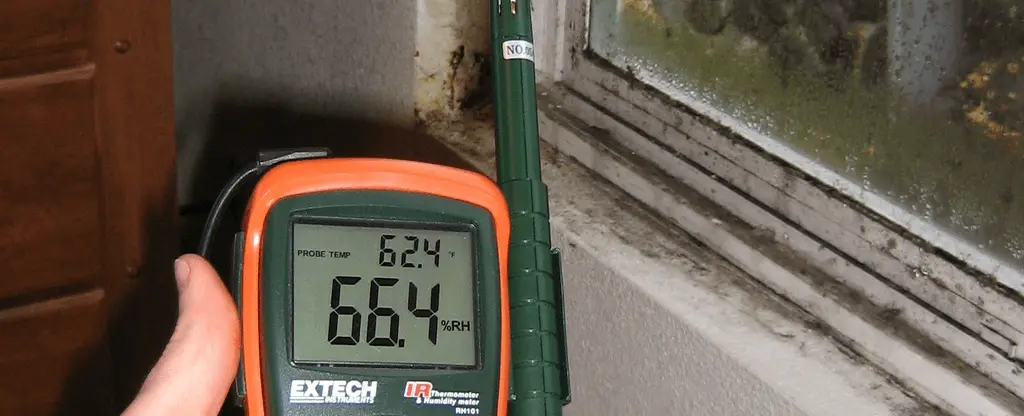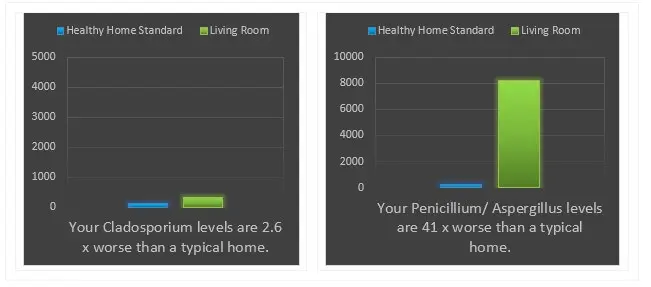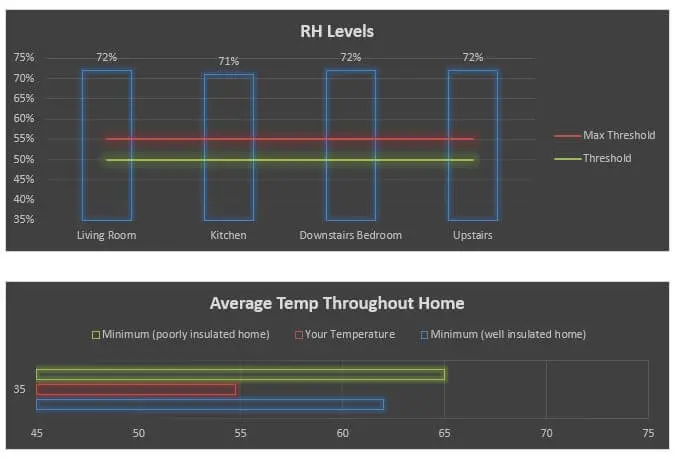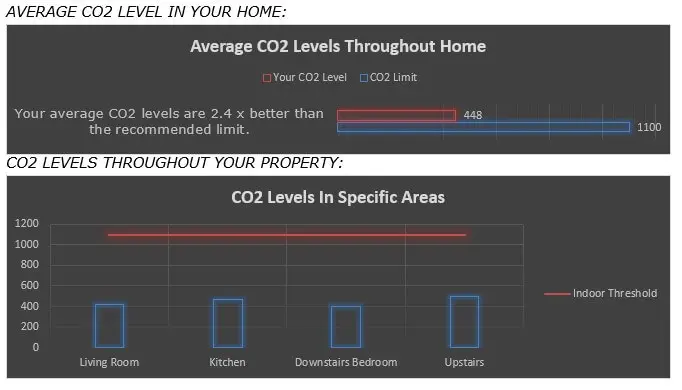Tacoma Indoor Air Quality Testing Inspection Reports
Below are recent inspections of indoor air quality issues we’ve performed in Tacoma.
Project Type > Indoor Air Quality Testing for a Home in Tacoma
PROJECT SUMMARY
REASON FOR INSPECTION:
- Church has a vacant home that they want to occupy with students but they are concerned with mold and air quality issues. Environix hired to inspect the property and collect an indoor air quality sample.
PROPERTY DESCRIPTION:
- This residential 2 story property was built in 1905 and is 1536 ft².
LABORATORY RESULTS
ANALYSIS OF YOUR RESULTS:
- Extreme Amplification: Mold spores were detected at levels many times greater than the threshold, indicating a site of high mold amplification and growth. Please refer to the attached report for more detailed information.
The most likely contributor of the elevated mold spores is:
- Elevated humidity.
- Recent water intrusion.
Recommendations:
- Home should not be occupied at this time. Mold spore counts are very high and can be a health hazard.
- Due to the elevated levels of mold spores, the operation of a commercial HEPA air scrubber is highly recommended. This will rapidly lower the indoor mold spore levels. Please contact Environix for pricing.
JOBSITE PHOTOS
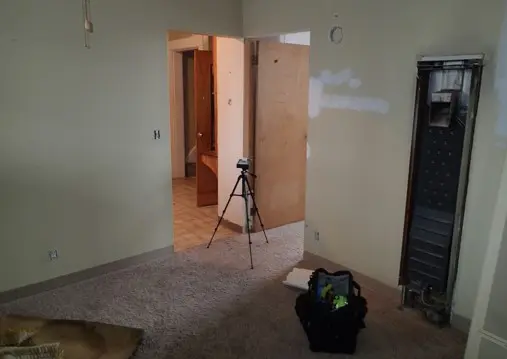
Air sample collected on main floor of home
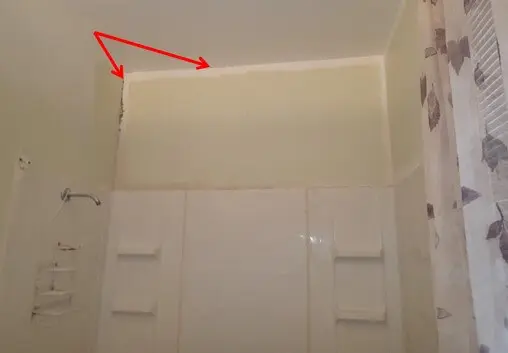
Mold on master bath ceiling wall
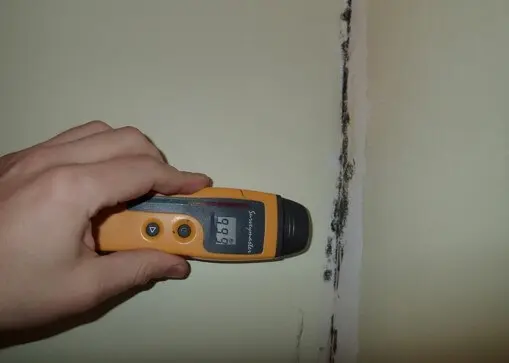
Interior wall near mold is wet
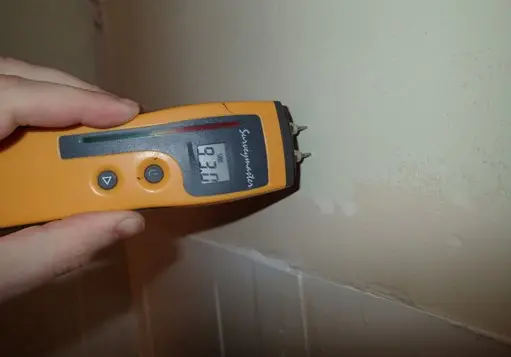
Shower exterior wall is wet
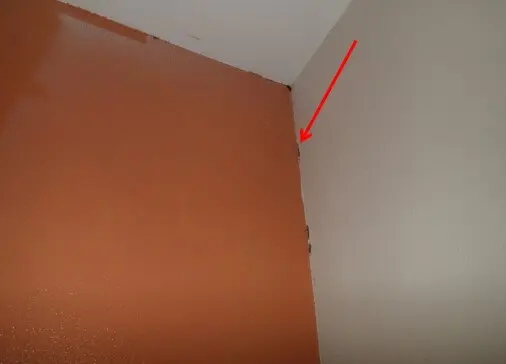
Mold on master bedroom shared wall with bathroom
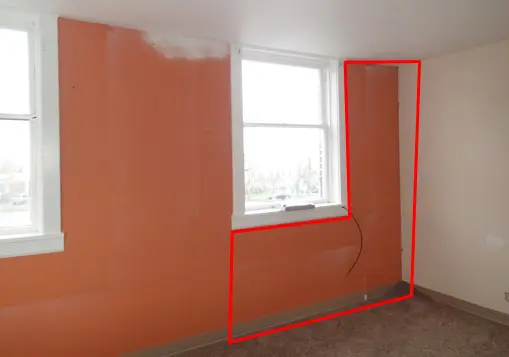
Wet building materials
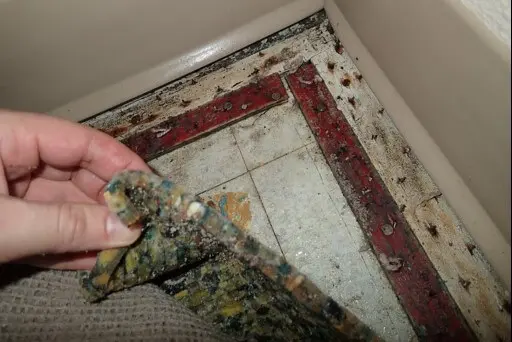
Standing water and saturated pad in back corner of master bedroom
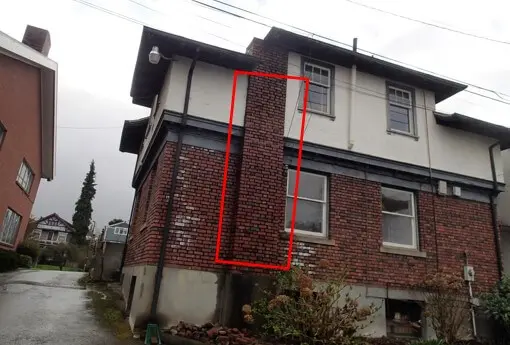
Water intrusion from chimney causing wet building materials on interior of home
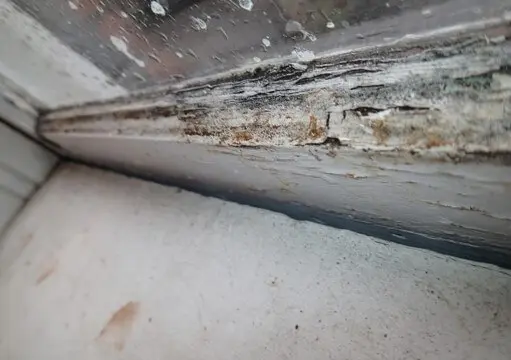
Windows are failing, wet framing with mold
OBSERVATIONS
OBSERVATIONS APPLICABLE TO ENTIRE INSPECTION AREA:
- The home is equipped with wood framed single paned windows with current evidence of heavy condensation and moderate mold problems. Some windows have failed and are leaking.
- Client notes the roof was replaced on the home last year. There is likely a leak on the roof where the flashing connects the chimney to the roof. This water leak is running down the interior wall of the home.
Recommendations:
- Prior to disturbing any of the building materials in the home, be sure to test for the presence of asbestos and lead based paint.
- Contact a qualified roofing contractor to repair the roof leak.
- Replace windows in home.
HVAC:
HVAC OBSERVATIONS:
- The home is equipped with forced air gas heat, which is not currently in use because the property is vacant.
- No filtration is present on the furnace system.
- No fresh air intake found on furnace system. Fresh air intakes can be very effective at lowering the interior RH in the home.
Recommendations:
- Keep home heated to a minimum of 65 degrees.
RELATIVE HUMIDITY & TEMPERATURE READINGS:
CO2 READINGS:
LOCATION: Downstairs Bathroom
OBSERVATIONS:
- Condensation-based mold growth observed on window blinds.
- Water damage noted and elevated moisture detected in the wall near the shower. The source of this moisture is rain water running down the exterior brick. It appears the drainage system gutter is allowing water to run down the brick exterior and is elevated the moisture on the interior walls. This could also be a leak at the flashing of the chimney on the roof.
Recommendation:
- Contact a qualified masonry contractor to inspect the exterior brickwork for damage and determine what repairs need to be made.
- The wet drywall on the exterior wall should be removed and replace to ensure no further mold issues occur on this wall.
CEILING:
- Moderate mold growth noted on bathroom ceiling and walls. This occurs when the warm, moist air generated by shower usage interacts with the cool surface of the ceiling and walls. Without adequate ventilation, this causes condensation and subsequent mold growth.
SHOWER:
- Several small areas of failed grout in shower. This can lead to water infiltration and mold growth/wood rot in the wallboard and framing behind the shower surround. However, because the potential mold growth would occur within the wall cavity, the issue has no effect on the indoor air quality.
- Shower surround is cracking and should be replaced.
Recommendation:
- When remodeling the bathroom, take appropriate steps to contain dust and potential mold spores. If significant mold growth is found, contact Environix.
- Replace the shower surround, or re-caulk the shower surround for a temporary repair. There is likely moisture from the water intrusion behind the shower surround.
LOCATION: Downstairs Bedroom
OBSERVATIONS:
- Moderate mold growth was observed on the bedroom ceiling and exterior wall that is shared with the bathroom.
- Elevated moisture was detected in the ceiling, wall, and floor. The source of this moisture is the water leak that is either coming from the roof or the chimney flashing, as described previously.
- Evidence of water damage is present in the wall, flooring materials, carpet, pad, and tack strip. This is also from the chimney leak.
- During the inspection the carpet was pulled back to inspect the area underneath. The carpet pad is saturated and standing water is pooling on the vinyl flooring under the carpet.
- Efflorescence noted on wall where vapor is passing through the brick and bubbling the paint. Efflorescence is not a health hazard; it is caused by salts and minerals migrating through the concrete. This occurs when moisture migrates through a masonry material and deposits minerals on the surface. These deposits are harmless, but they do indicate a minor moisture intrusion. Additionally, the moisture drive that creates the efflorescence can cause paint delamination. Given the age of the home, lead based paint testing is recommended.
- The exterior brick is allowing water and vapor to intrude and affect the interior wall.
Recommendations:
- Due to the systemic mold growth throughout the structure, the home is unfit for occupancy at this time.
- Remove and replace all carpet/padding and tack strip. During clean-up process of this room and the bathroom HEPA filtration should be used to remove airborne mold spores.
- Chimney/roof leak should be fixed as soon as possible, this will allow wall materials to dry.
LOCATION: Upstairs Bathroom
OBSERVATIONS:
- Moderate mold growth noted on bathroom window. Window shows signs of heavy condensation and moderate mold growth.
- No fan is present in this bathroom.
- When the home’s windows are replaced with double paned vinyl windows, it will be very important to increase ventilation.
LOCATION: All Upstairs Bedrooms
OBSERVATIONS:
- Moderate condensation-based mold growth noted on all bedroom windows.
- Some windows have failed and framing is wet from leaks.
- Moderate condensation-based mold growth noted on exterior door.
- The bedrooms are equipped with old carpet in dirty condition. Carpeting in rooms is old and a likely repository of mold spores. Carpeting can hold mold spores for long periods of time, long after the original source of the mold growth has been removed.
- The bedroom that is above the downstairs bedroom/bathroom has some wet materials. There is a chimney stack on the other side of this wall. There is either a leak coming from the flashing around the chimney, a leak in the roof, or water is leaking through the masonry.
Recommendations:
- Due to the systemic mold growth throughout the structure, the home is unfit for occupancy at this time.
- See ventilation section above for recommendations to eliminate condensation.
- Keep contents and furniture a minimum of 2-3 inches away from exterior walls to help prevent mold growth on these surfaces.
- Recommend replacing all exterior doors and all windows.
LOCATION: Kitchen
OBSERVATIONS:
- Light mold growth was observed on the kitchen window.
- Elevated moisture and evidence of water damage were detected in the kitchen window frame. The source of this moisture is a window failure. The window is leaking.
- The vinyl flooring is curling up in some areas.
- The kitchen cabinet floor is deteriorated from previous water leaks or flooding incidents. There is no moisture detected in flooring or cabinetry but there are signs of previous flood issue.
Recommendations:
- Replace the windows in the home with double paned vinyl windows.
- Replace the kitchen cabinet floor.

